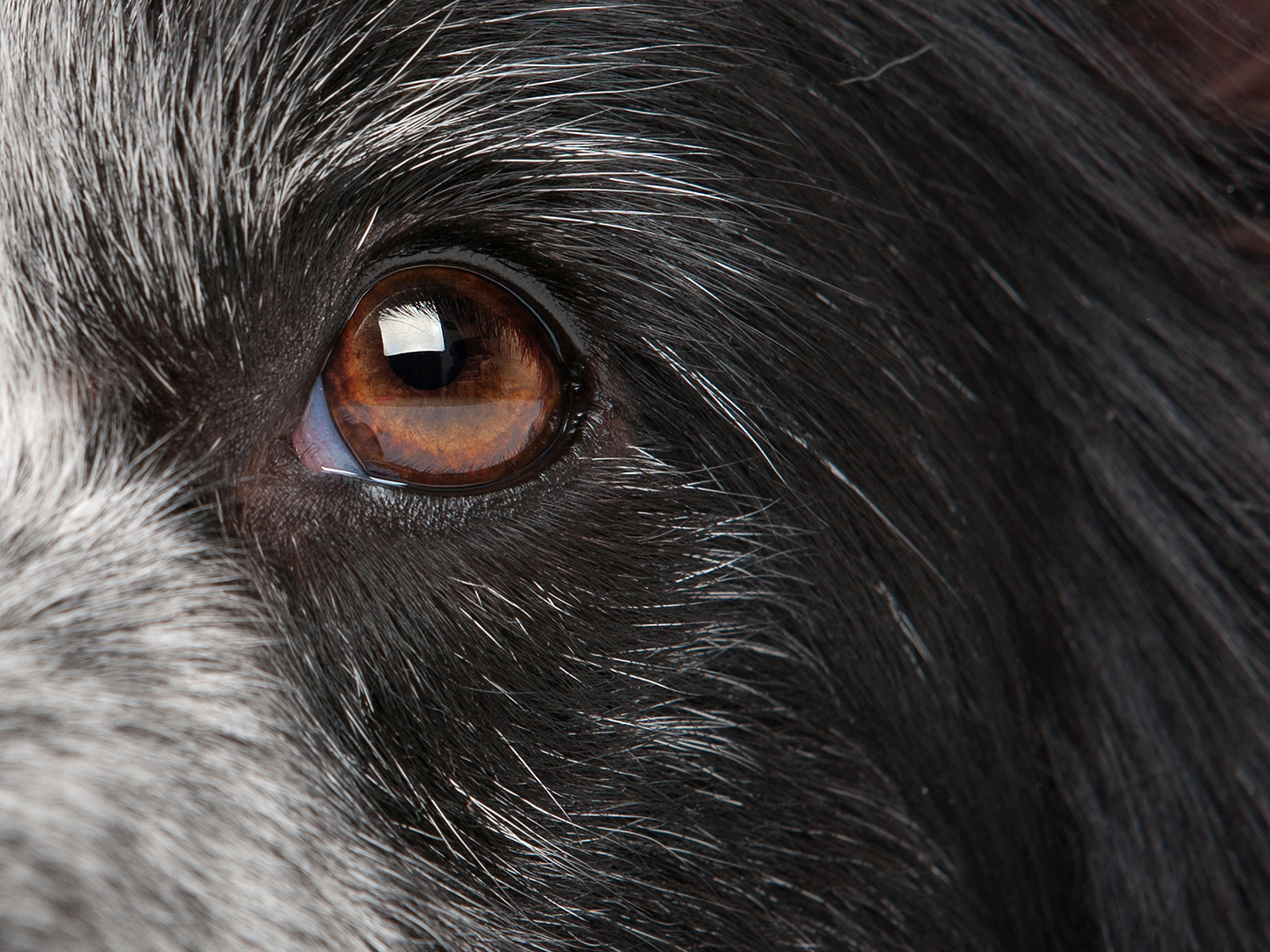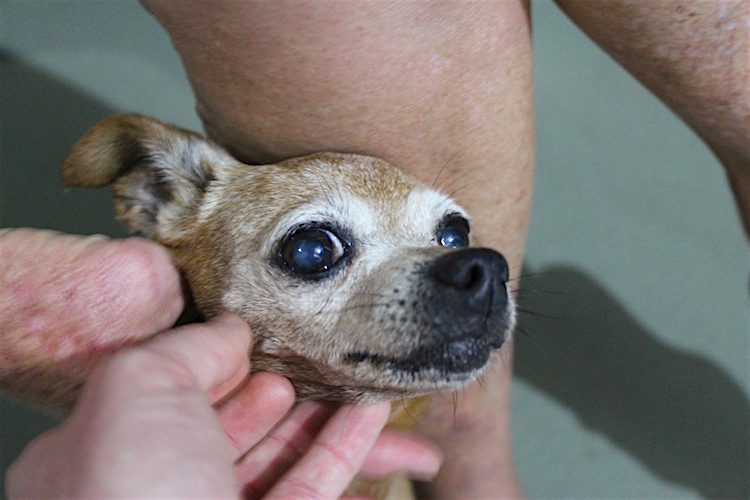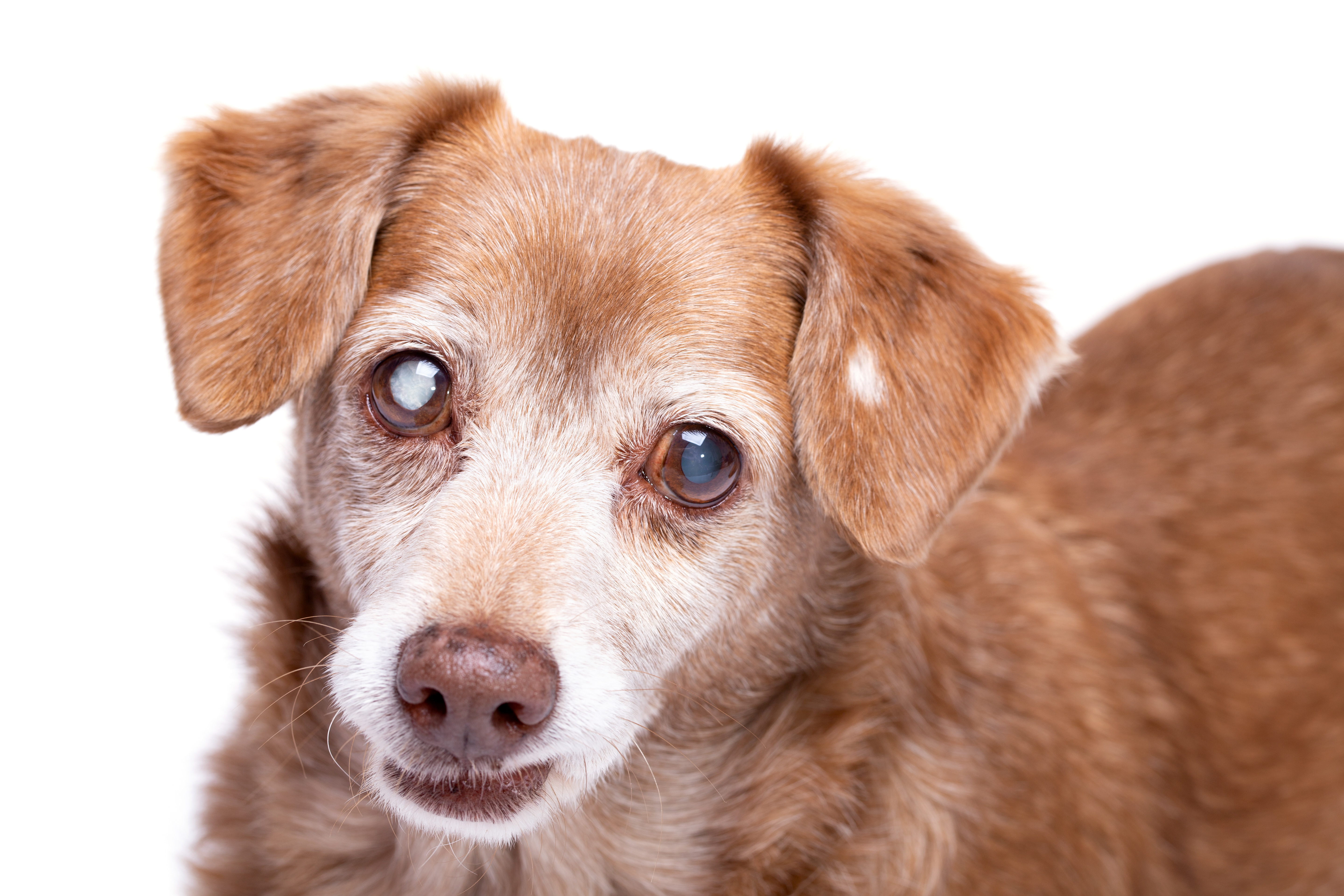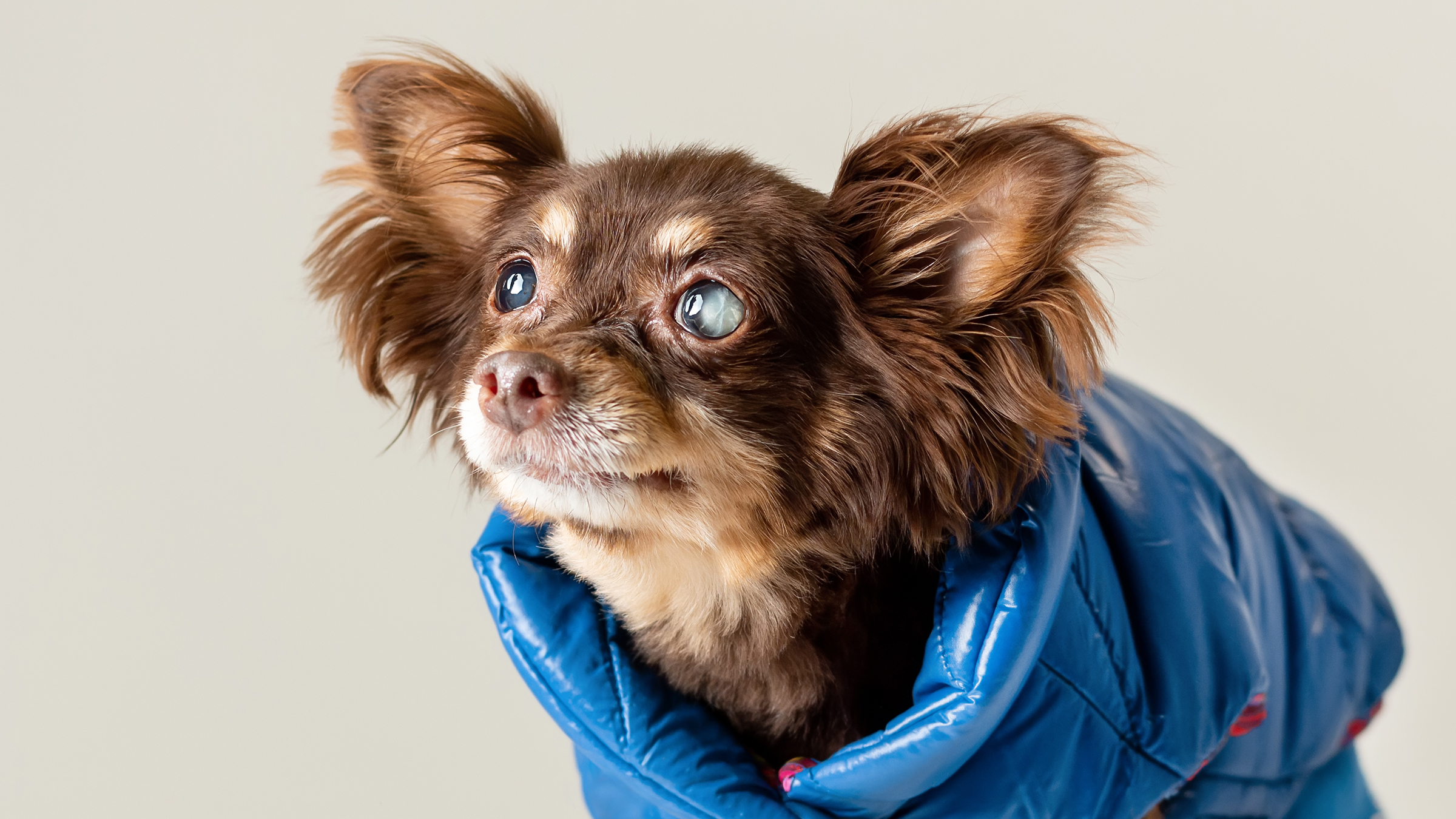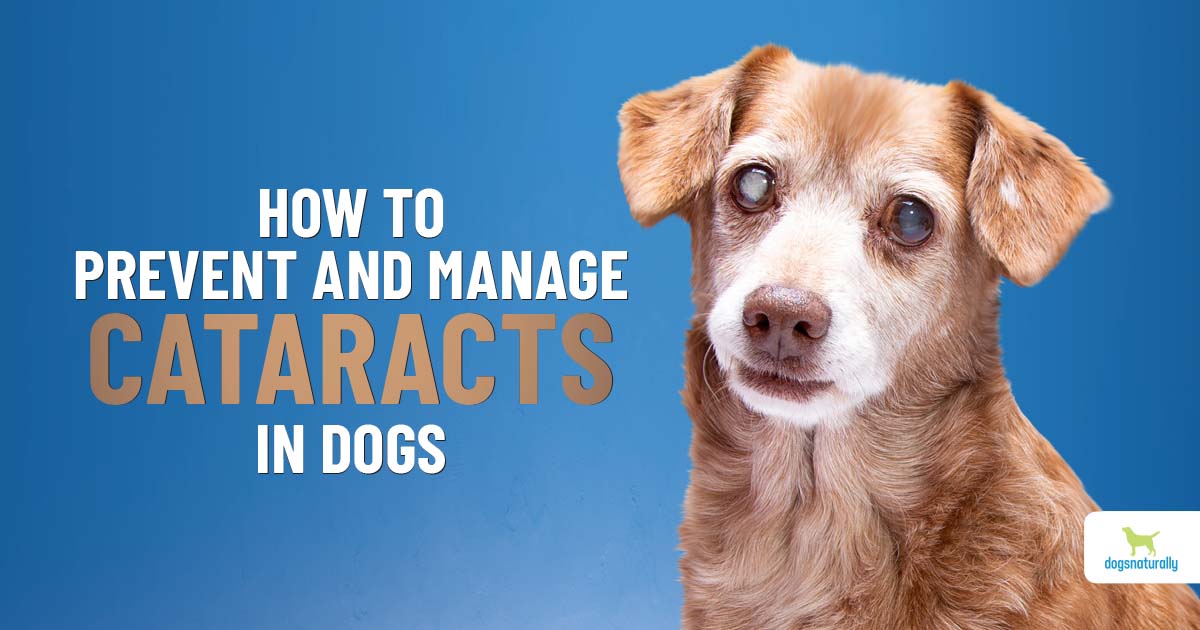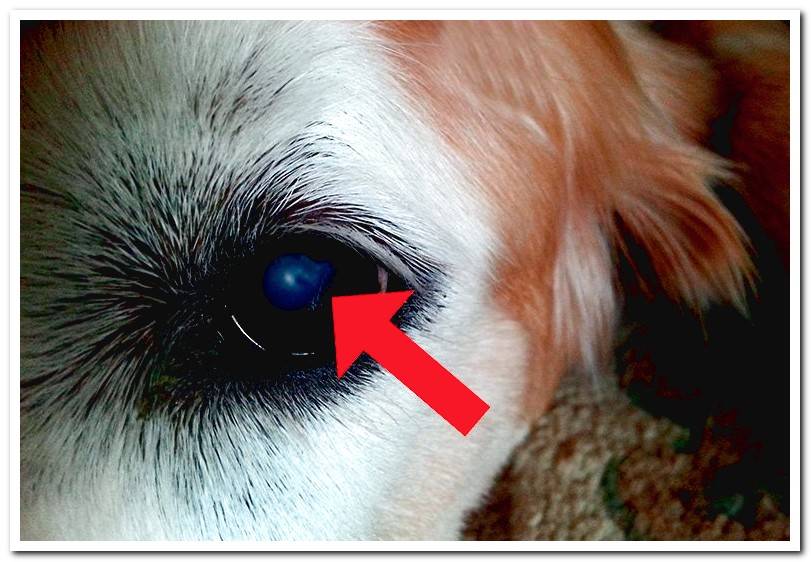Cool Tips About How To Treat Cataracts In Dogs

However, once the cataract is causing severe vision disruption, or if your dog develops uveitis or glaucoma due to cataracts, there are various treatment options, including eye drops and surgery.
How to treat cataracts in dogs. Many dogs cope so well with cataracts that surgery (to remove them) isn’t required. Read cataracts in dogs: Environmental adaptations, such as providing proper lighting and minimizing obstacles, can improve.
If you suspect cataracts in your dog, consult a veterinarian for guidance. While there is no cure for cataracts without medical intervention, there are ways to support and assist your dog. They have pupils, corneas, lenses, rods, and cones that work similarly to ours, although they see things a little differently.
How can i help my dog with cataracts? With phacoemulsification, the lens is broken apart by sound waves and sucked out with a gadget similar to a tiny — a few millimeters wide — vacuum cleaner. These medications cannot cure cataracts.
This procedure removes the cloudiness and restores sight to the affected eye. You can help prevent cataracts in dogs by blocking harmful uv rays, by making sure your dog has plenty of shade while outdoors and having them wear protective goggles such as rex specs if you are in an area of high exposure area. It is important to understand that treating the underlying condition may slow the development of your dog’s cataracts, but won’t get rid of them.
Medicated eye drops for dogs. They often start small and progress to be large. Usually, veterinarians will tell you surgery’s the only option to stop your dog from going blind.
However, a surgical technique called phacoemulsification is used routinely and very successfully in animals and humans. But cataracts have different causes. Cataracts in dogs are quite common.
Cataracts are typically the result of genetic predisposition, or a hereditary defect in dogs’ eyes. The only way to get rid of cataracts is to remove them. A cloudy or opaque lens is called a cataract.
Surgery is the only way to remove cataracts, and the success rate is high. Cataracts can be caused by genetics, age, or certain diseases. Immature, mature, and hypermature cataracts can be removed only by surgery (if your dog is a candidate);
Requires diagnosis by a veterinarian cataracts in dogs is a lifelong condition, unless treated treatable by a veterinary specialist prevention is not possible transmission to other dog breeds, or between dogs and humans, is not possible diagnosis requires examination by a veterinarian, and may require referral to a veterinary. Jan 31, 2024 table of contents [ show] clouding of the lens of the dog's eye are called cataracts. Several medications will also need to be administered to your dog during their recovery, including eye drops and oral.
Signs, causes, diagnosis, and treatment dogs senior pets cataracts in dogs occur when the lens of the eye clouds due to either changes in the water balance in the lens or changes to the proteins within the lens. Vision occurs at the retina. They can lead to blindness in dogs.
